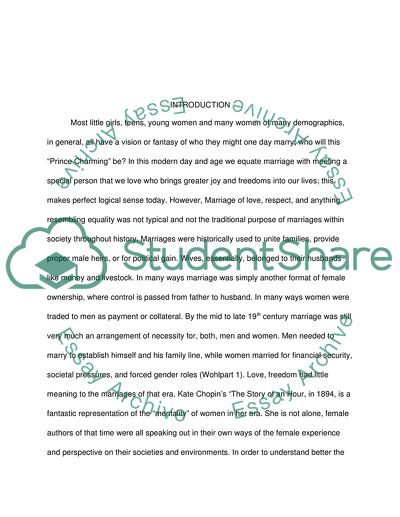Cite this document
(“Womens Literature of the 19th Century: Discussing The Story of an Research Paper”, n.d.)
Womens Literature of the 19th Century: Discussing The Story of an Research Paper. Retrieved from https://studentshare.org/literature/1825927-love-or-freedom
Womens Literature of the 19th Century: Discussing The Story of an Research Paper. Retrieved from https://studentshare.org/literature/1825927-love-or-freedom
(Womens Literature of the 19th Century: Discussing The Story of an Research Paper)
Womens Literature of the 19th Century: Discussing The Story of an Research Paper. https://studentshare.org/literature/1825927-love-or-freedom.
Womens Literature of the 19th Century: Discussing The Story of an Research Paper. https://studentshare.org/literature/1825927-love-or-freedom.
“Womens Literature of the 19th Century: Discussing The Story of an Research Paper”, n.d. https://studentshare.org/literature/1825927-love-or-freedom.


